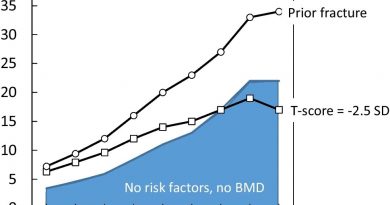Muscle models mimic diabetes, inform personalized medicine

Abnormally high blood sugar (glucose) levels can result in type 2 diabetes when things go awry with the body’s skeletal muscle, which plays a key role in regulating glucose.
Scientists are using in vitro (in a dish) skeletal muscle engineering to gain a better understanding of the complex genetic and environmental factors underlying diabetes. This involves putting lab-grown, healthy skeletal muscle tissues in a state resembling diabetes—high glucose and high insulin—or growing skeletal muscle from diabetic patients’ muscle stem cells.
In Biophysics Reviews, researchers from Georgia Institute of Technology and Emory University School of Medicine describe how skeletal muscle engineering has advanced significantly during the past few decades. The recent development of using human muscle stem cells to grow 3D skeletal muscle makes it easier to explore diabetes in humans.
“We can use skeletal muscle grown within the lab to capture and study diabetes disease characteristics,” said co-author Christina Sheng. “Moreover, these so-called in vitro models enable researchers to discover new medicines for diabetes. Many scientists are also trying to better understand how exercise is beneficial to patients with diabetes via these models.”
In vitro skeletal muscle models are also leading to personalized medicine, in which an individual patient’s muscle can be grown, studied, and tested to determine if new medicines will work for them.
Generally, muscle stem cells are harvested, expanded in number, and seeded together. Then they fuse together to form multinucleated muscle fibers, creating lab-grown skeletal muscle.
To mimic diabetes, the researchers treat lab-grown skeletal muscle with excess sugar, insulin, fats, or cells that promote inflammation and study how these factors affect skeletal muscle health.
“Our Biohybrid System Lab grows and exercises skeletal muscle to study healthy protein factors secreted by muscles during exercise,” said co-author Sung Jin Park. “These protein factors have the potential to treat diabetes, which poses a growing social, economic, and medical burden worldwide.”
“Most of the skeletal muscle in vitro models for exercise and diabetes studies are two-dimensional,” said Park. “More efforts are needed to build 3D models to better mimic human 3D skeletal muscle structure, allowing for more translatable studies.”
Source: Read Full Article



